Laurent Gsell is the son of the painter Gaspard Gsell and Caroline Adèle Laurent, daughter of the glass painter Émile Laurent. He associated his mother's name with that of his father.
He entered the School of Fine Arts where he was a student of Gaspard Gsell and Alexandre Cabanel
He exhibited at the Salon of the Society of French Artists in 1880, and participated in the Universal Exhibition of 1889. In 1909, he moved to the National Society of Fine Arts, less academic.
He was the nephew of Louis Pasteur, and painted various scenes depicting the work of the Institut Pasteur.
He frequented Max Jacob, Guillaume Apollinaire, the Douanier Rousseau, and most of the impressionists and post-impressionists.
He painted at the same time the elegant ones of the good Parisian society, and the popular balls or the fairgrounds. He left paintings from his many travels, describing the Nièvre, the Creuse, the Riviera, the Azores, San Remo, and even Buenos Aires, where General Galliéni had sent him on a mission. He was appointed painter of the Navy in 1911.
He became famous for his genre scenes and colorful Impressionist-style landscapes; A great traveler, he painted in many provinces of France and in particular the region of Dieppe and the country of Caux, as well as Provence and the Côte d'Azur, where he produced views of ports and seascapes. He also painted landscapes and scenes from North Africa, Mali, and Argentina.
Main works:
Different figures in a laboratory with Pasteur (nd), Musée du Louvre Department of Graphic Arts
The Grand Tam-tam of July 14, in Sanga (Sudan) (nd)
Animation on the beach of Dieppe (nd)
L'Atelier Cabanel (1885)
The Rabies Vaccine (1887 salon)
The Seine, January 18, 1891 (salon of 1891)
Bouquet of yellow roses, coll. particular


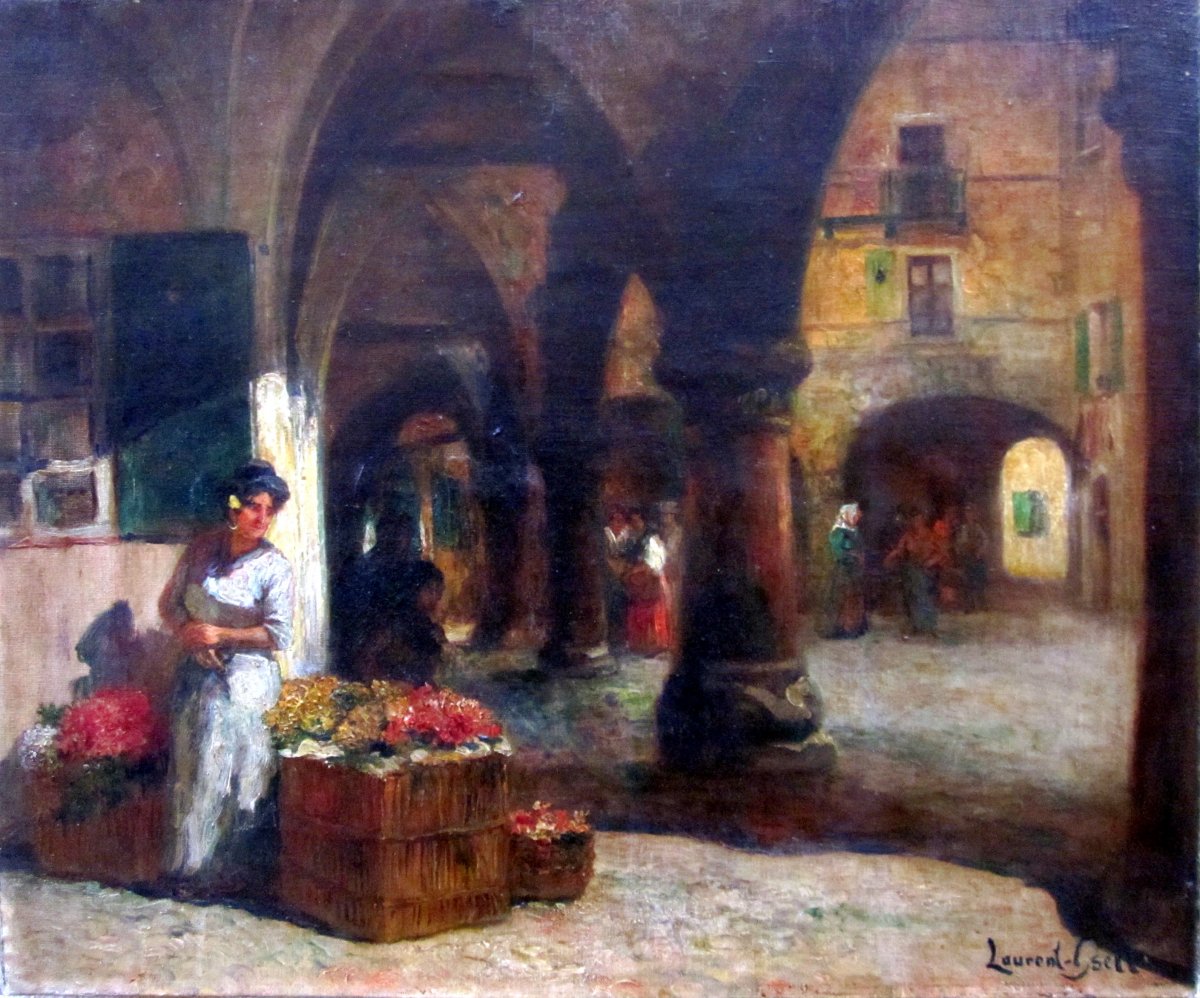

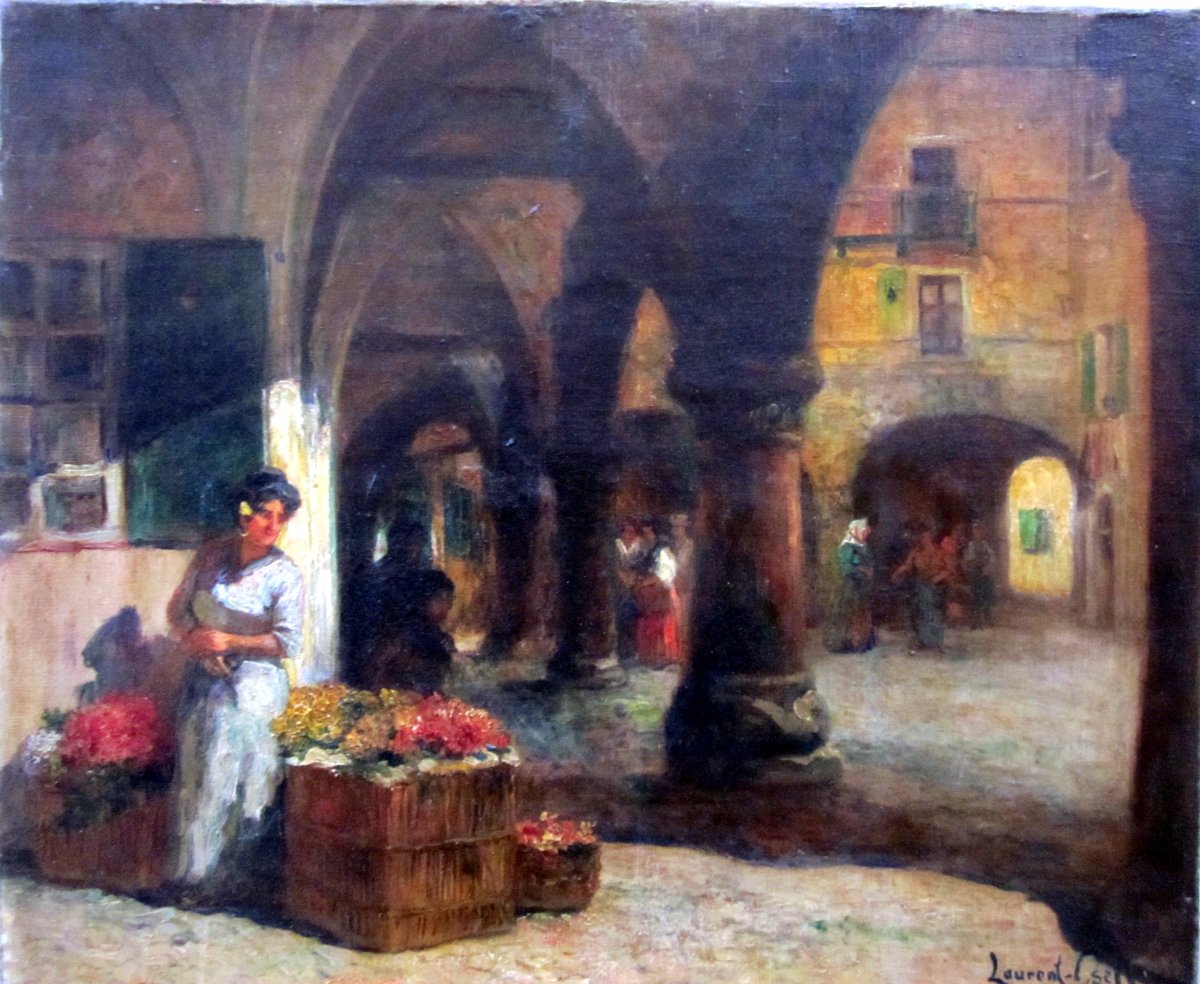

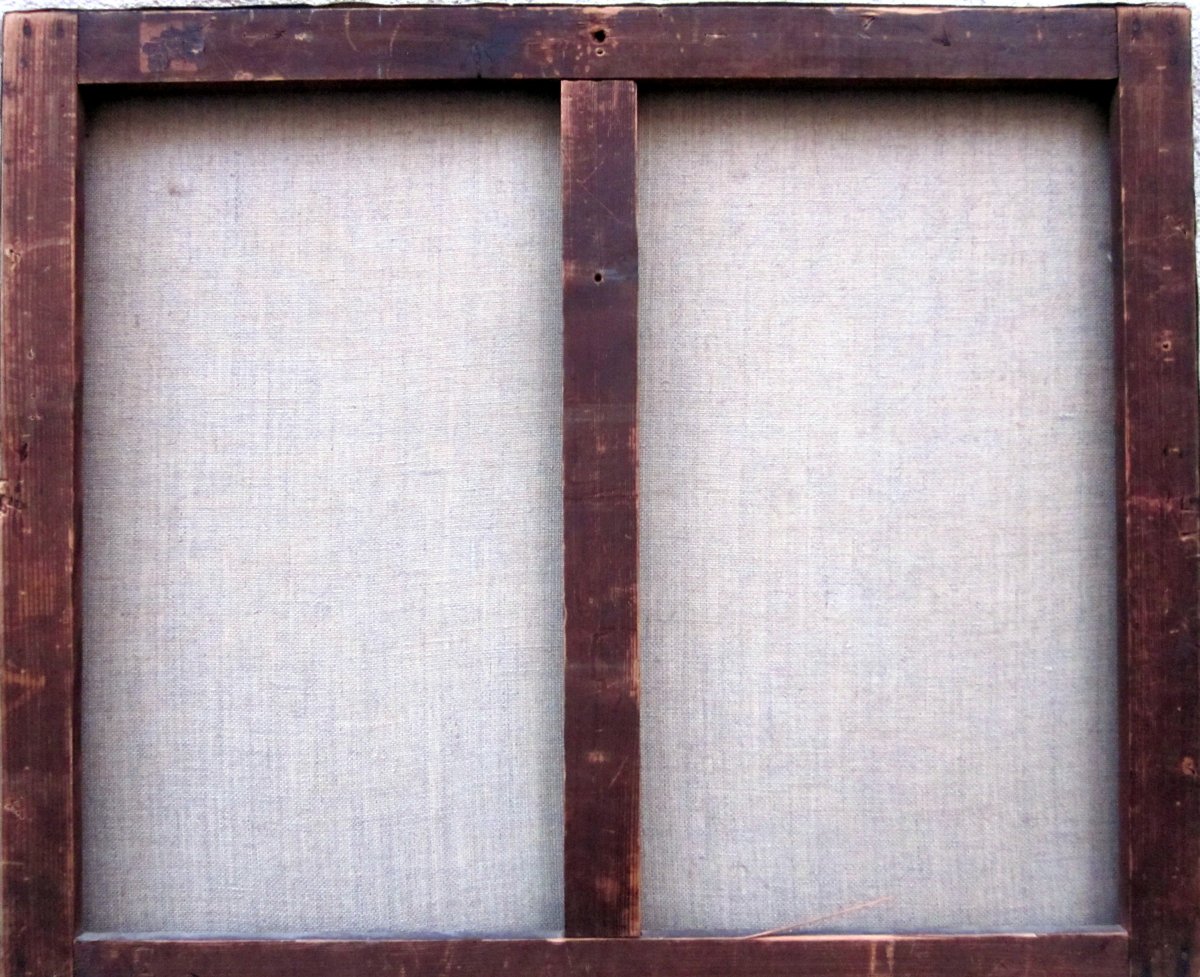







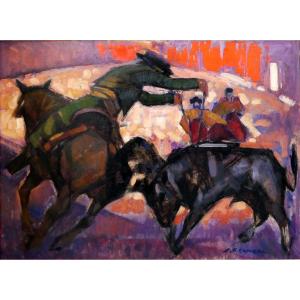
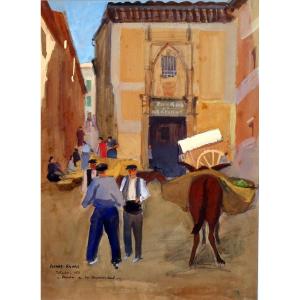
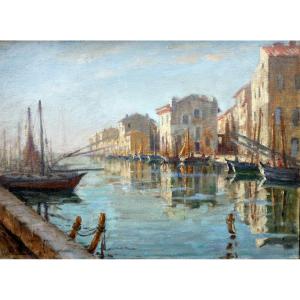





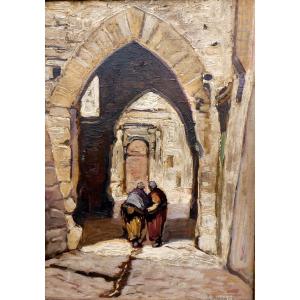
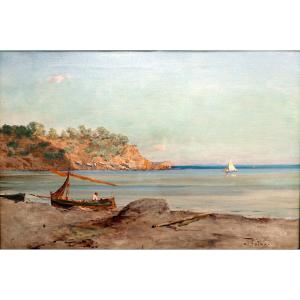
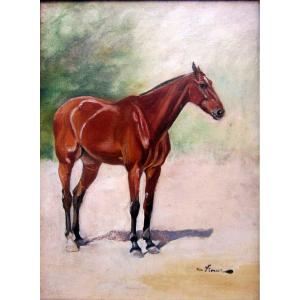
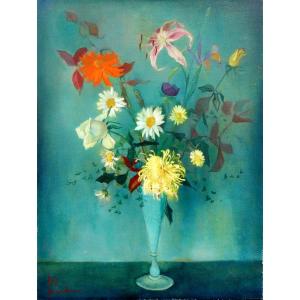




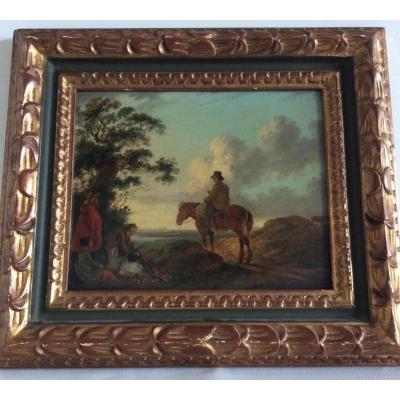
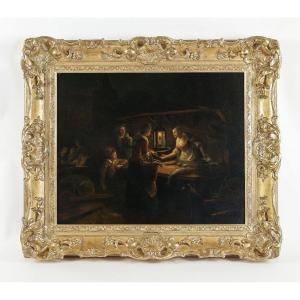
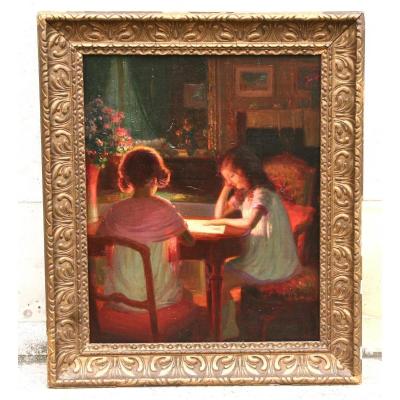



 Le Magazine de PROANTIC
Le Magazine de PROANTIC TRÉSORS Magazine
TRÉSORS Magazine Rivista Artiquariato
Rivista Artiquariato